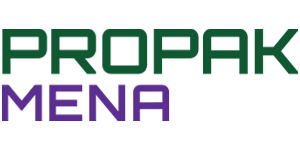أفريقيا لمكونات التصنيع الغذائي هو النسخة الإقليمية للعلامة العالمية الرائدة "فود انجريدينتس" لمكونات التصنيع الغذائي. فود انجريدينتس هو المعرض التجاري الرئيسي في سوق مكونات الأغذية، حيث يمتدد عبر ١١ دولة حول العالم و منهم كوريا، تايلاند، اليابان،الولايات المتحدة، أوروبا، الصين، البرازيل، إندونيسيا، الهند، فيتنام
بروباك مينا يعد المنصة الأشمل للمعالجة والتعبئة والتغليف في أفريقيا والشرق الأوسط. إنه يجمع بين الآلاف من الخبراء والمحترفين من مصر وجميع أنحاء العالم. سيتم عقده في الفترة من ٢٦ إلى ٢٨ مايو في مركز مصر للمعارض الدولية. بروباك مينا هو جزء من سلسلة معارض بروباك المنتشرة حول العالم، بما في ذلك ميانمار، الهند، الفلبين، الشرق الأوسط وشمال إفريقيا، فيتنام، والصين



